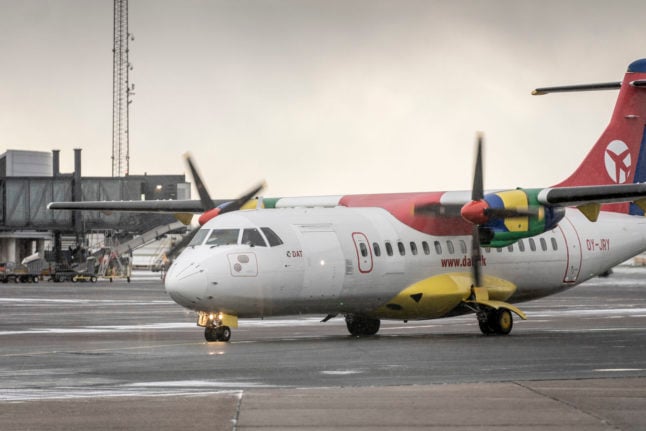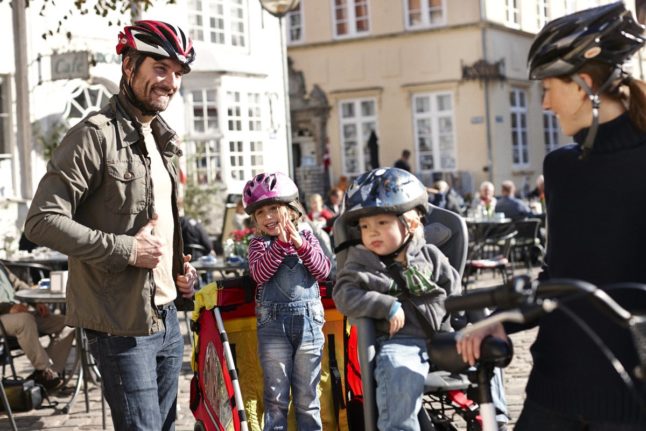The flight from Midtjyllands, formerly Karup, Airport to Copenhagen will resume from April 17th, Copenhagen Airport said in a statement.
Four daily departures, operated by the Danish Air Transport (DAT) airline, will connect the two airports from Monday to Thursday, while there will be afternoon departures only on Fridays.
DAT also operated the route until its prior closure in December 2022. The majority of passengers who used the service were commuters, and its closure meant that most of the airport’s staff faced the loss of their jobs.
Its return comes after the government agreed a two-year deal providing state support to the tune of 4.2 million kroner per year to the airport.
“We supported reinstating the route to Midtjyllands Airport, which is an important airport that helps connect Denmark,” Copenhagen Airport commercial director Peter Krogsgaard said in the statement.
“It is therefore also pleasing that the government has chosen to support the airport financially,” he said.
The smaller airport is important for local towns, Copenhagen Airport said in the press statement, noting that 2019 saw 111,000 use the flight between the two Danish airports.
Local media TV Midtvest recently reported that 22,000 passengers took the flight in 2021, citing Statistics Denmark figures.
In December, DAT said the route was no longer economically viable due to low passenger numbers and high fuel prices.
“During the period in which it has been closed, many have realised how important the airport is, so it’s good news that planes can go to the airport again,” transport minister Thomas Danielsen told TV Midtvest on Thursday.
Midtjyllands Airport is co-owned by nine municipalities in central and western Jutland: Herning, Holstebro, Ikast-Brande, Lemvig, Ringkøbing-Skjern, Silkeborg, Skive, Struer and Viborg.
READ ALSO: Denmark’s Great Belt Bridge to offer reduced tolls for commuters



 Please whitelist us to continue reading.
Please whitelist us to continue reading.
Member comments